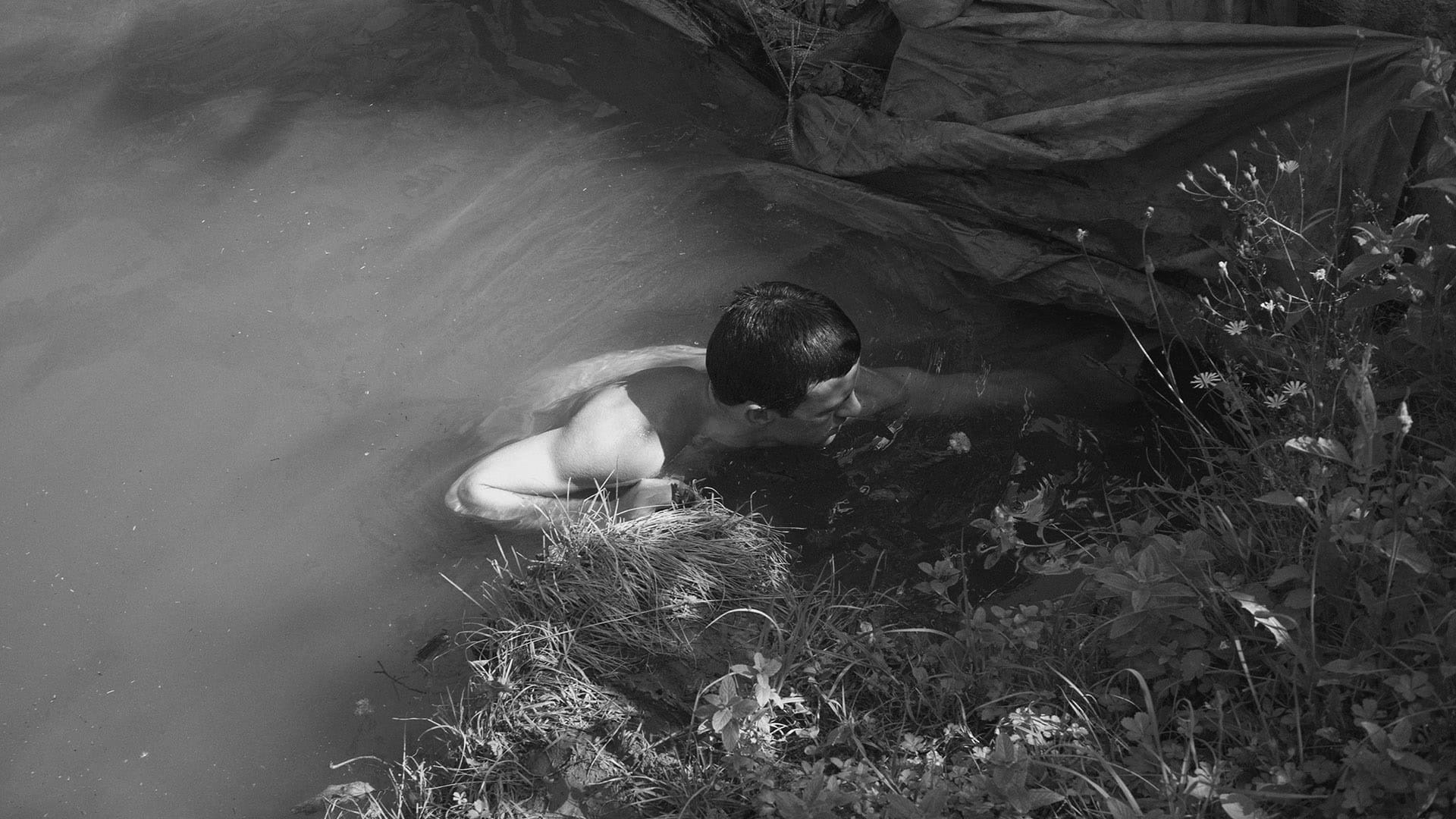In his latest book published by KAHL, the German photographer Patrick Bienert explores the weight of the former USSR on Georgian society. An invitation to discover this little-known country in full mutation but which seems as if suspended in time.

You’re getting blind.
Don’t miss the best of visual arts. Subscribe for $9 per month or $108 $90 per year.
Already suscribed ?


